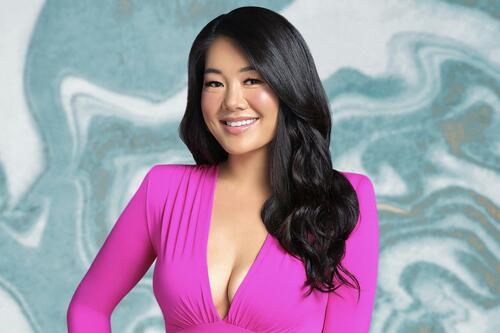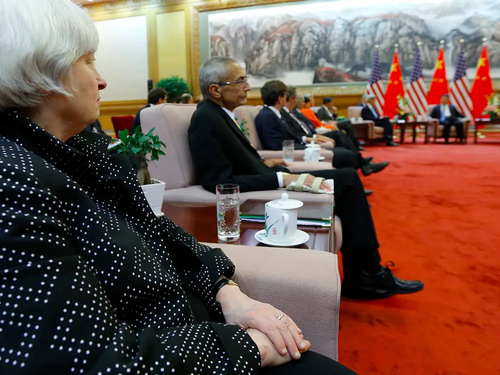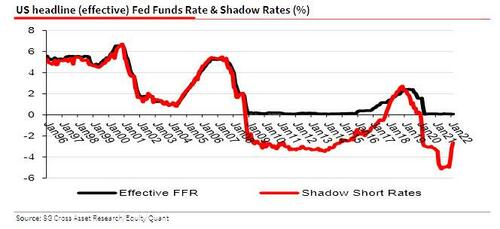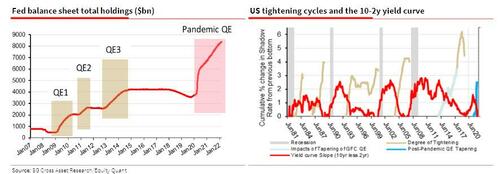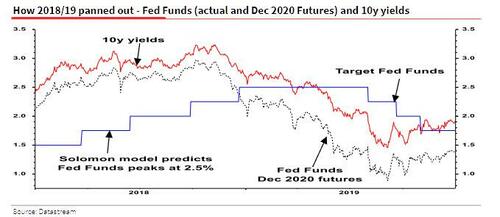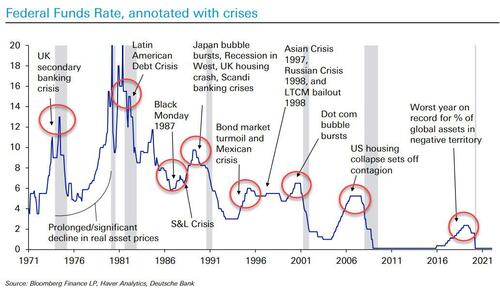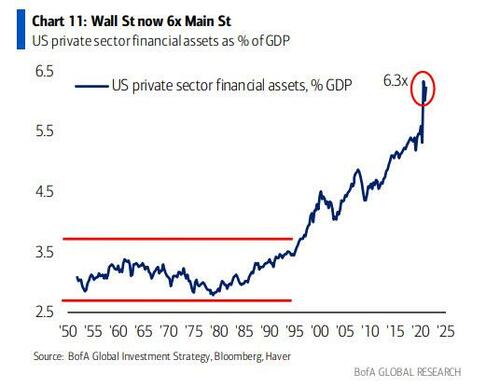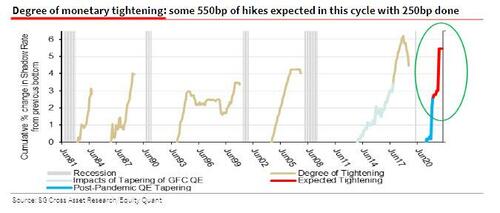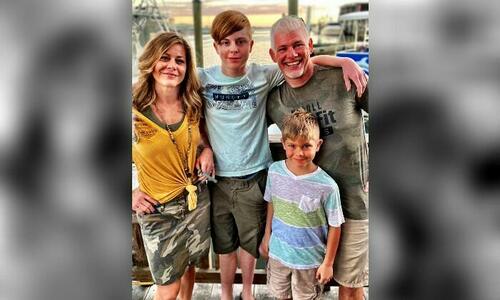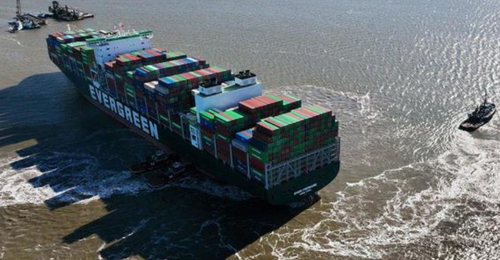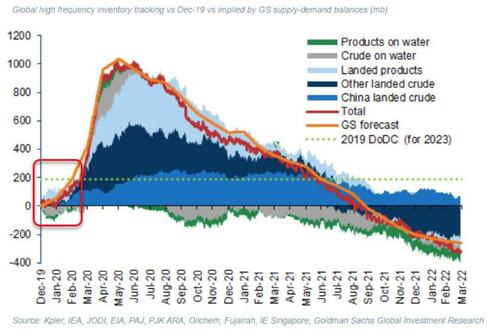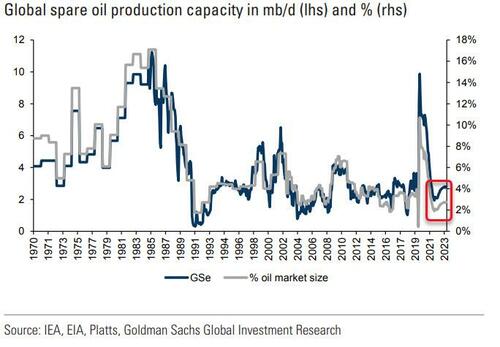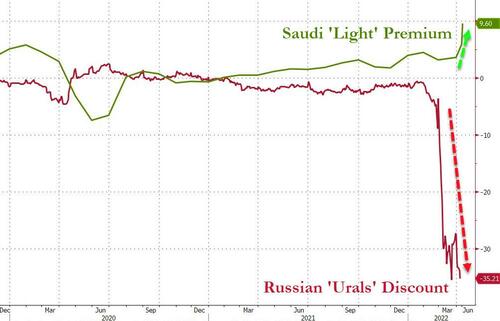Beijing Hired TikTok ‘Influencers’, ‘Real Housewives’ Stars To Spread Propaganda Ahead Of Winter Games
In recent years (most notably since the dawn of TikTok, which has been known to intersperse bits of Chinese propaganda with videos of scantily clad, attention-seeking American teenagers) Beijing has sought to influence American public opinion in its favor by manipulating social media.
And as the international backlash over China’s treatment of its Uygher Muslim minority in the far-flung Xinjiang Province threatened to derail the Winter Olympics in Beijing, the CCP ratcheted up its influence campaign, and as it turns out, American social-media influencers, and one-well connected management firm, were eager to help (for a price).
According to the latest update from the Washington Free Beacon, which the story using records from the DoJ, Monumental Sports and Entertainment, a company co-owned by Jobs, was paid by China Central Television to carry out a ‘promotional blitz’ for the 2022 Winter Games during a Washington Capitals hockey game.
And as part of another promotional effort, the Chinese consulate in New York hired 11 social media influencers to talk up the Games (and China’s amenable business climate) on TikTok and Instagram.
Disclosure filings revealing work for foreign entities revealed that the consulate in New York paid $300,000 to public relations firm Vippi Media to have TikTok and Instagram users promote the Beijing Olympics, just as pressure was growing for corporate sponsors in the West to join a boycott over China’s human rights abuses.
One TikTok influencer, Anna Sitar, released a video on Feb. 11 that used the hashtags #Beijing2022 and #WinterOlympics. In the clip, Sitar touted the fact that Beijing is the only city to host both the winter and summer Olympics. The clip was a success: it went on to garner 2.2 million impressions.
@annaxsitar We know I woulda taken home gold if I was there ✨Go team USA! #Beijing2022 #WinterOlympics #Partner ♬ original sound – anna x
Through its American intermediary (a mercenary marketing firm), Beijing also recruited stars from The Real Housewives of Beverly Hills, and a former Paralympian swimmer, to promote the games. Some of these influencers even promoted claims from Chinese officials that the internment camps in Xinjiang were actually “education training centers” – a claim that Beijing has long pushed to its own people and the international press.
Vippi Media also hired Ryan Dubs, a TikTok influencer who uses the site to promote his line of beauty products. Dubs touted China’s business climate, at one point praising China’s “high tech and forward thinking.” In the same video, Dubs said it would be “impossible” to make his products elsewhere.
Dubs also published an interview he conducted with Huang Ping, the Chinese consul general in New York. Dubs said he was “really impressed” with Huang’s comments about China’s climate change goals. He and Huang expressed their mutual opposition to U.S. tariffs against Chinese products, which were enacted during the Trump administration in response to China’s unfair trade practices.
Huang has denied China is engaged in human rights atrocities and said that internment camps housing Uyghurs are legal “education training centers.”
Vippi Media also recruited a cast member of the reality show Real Housewives of Beverly Hills and American Paralympian swimmer Jessica Long to promote the games.
One Real Housewives star, Crystal Kung Minkoff, promoted the Beijing Winter Games on her Instagram account.
Toward the end of its report, the Free Beacon mentioned that none of the influencers who shared Chinese propaganda on TikTok and Instagram were registered as foreign agents (something that all Americans who do any kind of politically-sensitive work on behalf of foreign governments are required by law to do).
This of course begs the question: how many more ‘influencers’ are presently engaged in similar work?
Tyler Durden
Thu, 04/07/2022 – 23:05
via ZeroHedge News https://ift.tt/4U6Kmdw Tyler Durden
